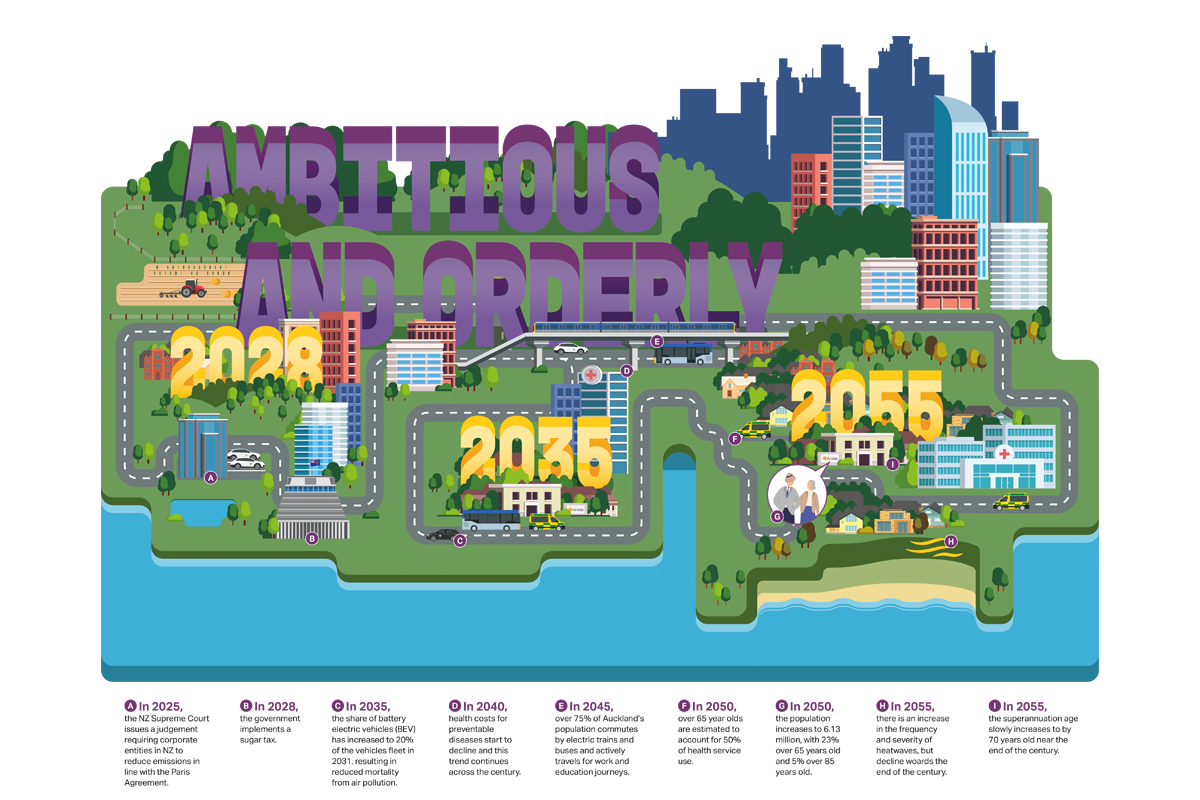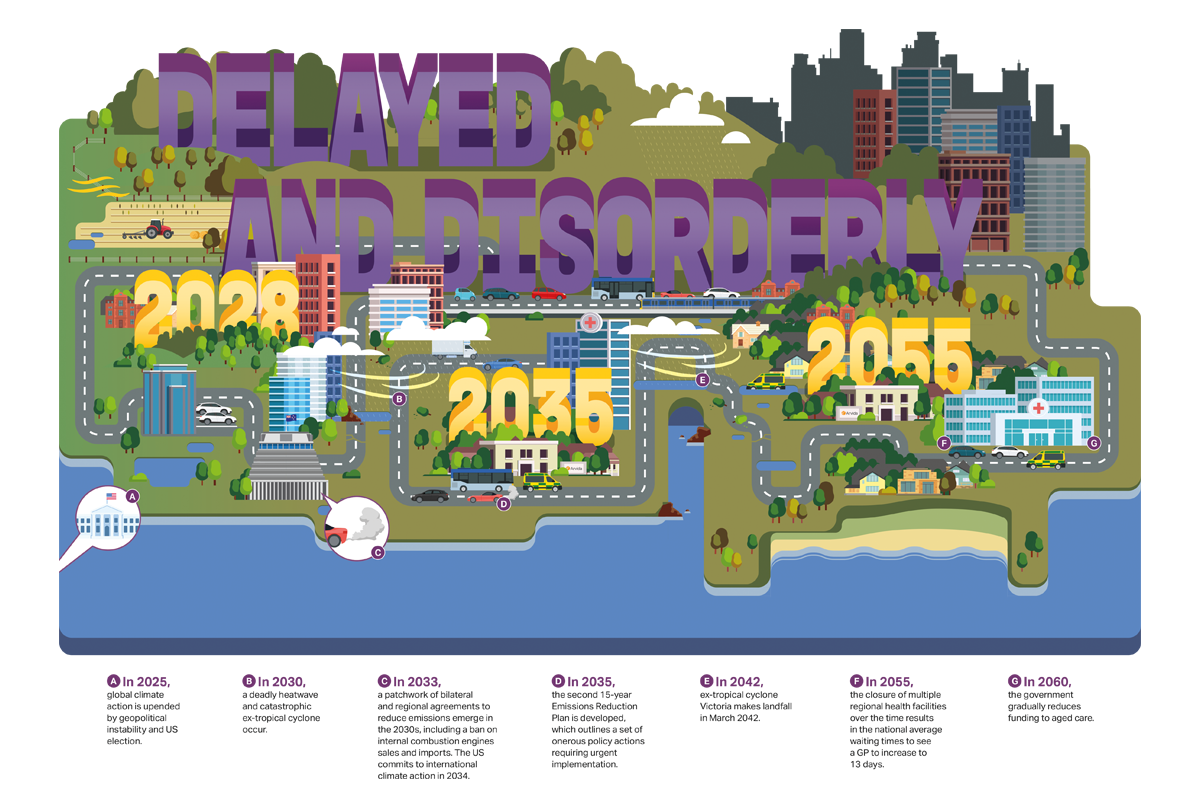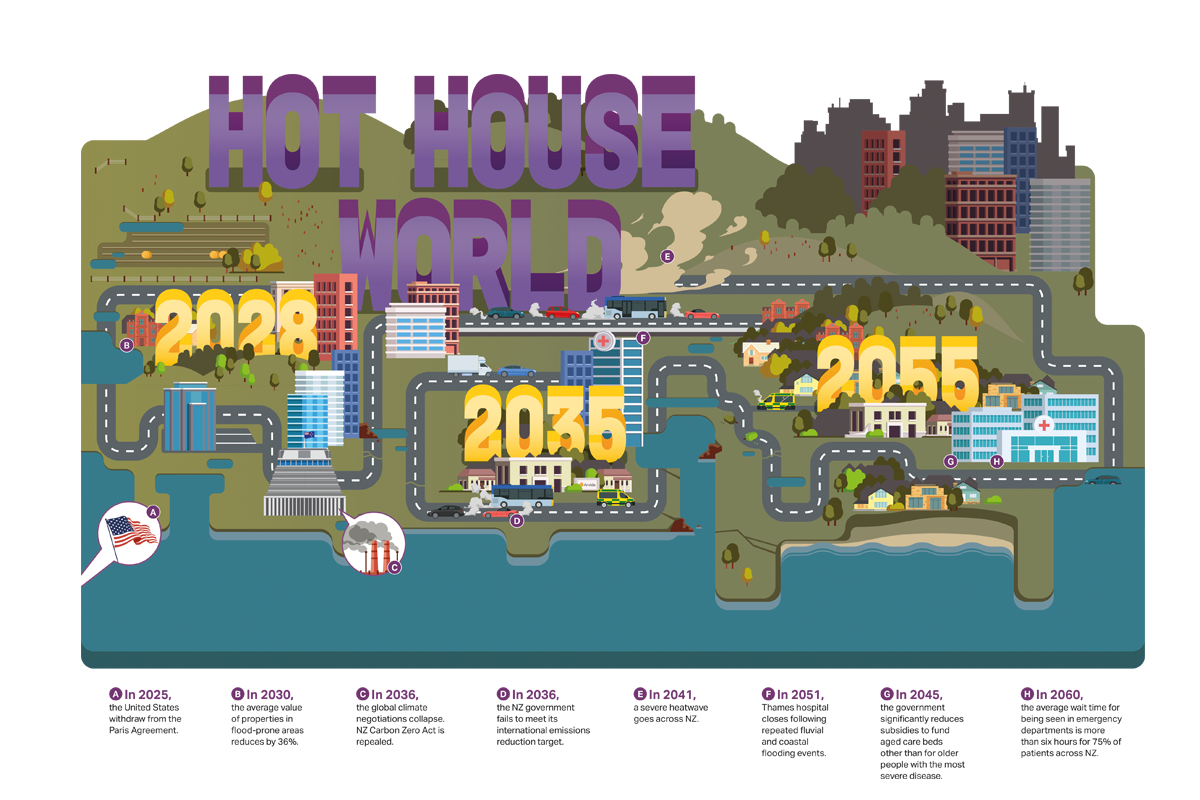Sustainability
At Arvida we are committed to making good choices that will have a positive impact and support a more sustainable future for New Zealand.
We have embedded sustainability into our business strategy. Our sustainability framework sits underneath our four strategic pillars: Growing Well, Engaging Well, Living Well, and Nurturing Well.
Our sustainability framework
We have developed this framework to help us integrate environmental, social, and economic values across Arvida and its strategic pillars.
Since the adoption of our Sustainability Policy in 2020, we have worked collaboratively with our people and the Arvida board to identify how sustainability will shape the work we do at Arvida. This includes developing a Supplier Code of Conduct that we are working towards introducing across our supply chain.
Growing Well
For us, this means creating market leading retirement communities in New Zealand that offer care options for our residents. To achieve this will sustainability in mind, we will focus on making heathier and more sustainable homes.
Engaging Well
Living Well
Nurturing Well
Climate Related Disclosure Report
Our Climate Related Disclosure report has been prepared in compliance with the Aotearoa New Zealand Climate Standards (NZ CS 1, NZ CS 2, and NZ CS 3).
Download CRD ReportClimate change
We are taking action on climate change by reducing our carbon footprint.
Arvida is responding to the challenge of climate change by committing to reduce our emissions and mitigating and adapting against our exposure to climate-related risks. Our Climate Related Disclosure Report sets out the key physical and transition risks. It sets out the key physical and transition risks and opportunities we have identified and how we are adjusting to them.
Our carbon footprint
Our 2025 greenhouse gas emissions inventory has been prepared in compliance with the Aotearoa New Zealand Climate Standards.
Ernst & Young Limited completed a limited assurance engagement of Scope 1, 2 and 3 emissions for the year ended 31 March 2023, 2024 and 2025. Toitū Envirocare provided an assurance over prior years' emissions reporting.
Our targets
From a 2020 base year, the following reductions in our primary emissions:
20% reduction by 2025 on a IFRS revenue intensity basis
50% reduction by 2030 on a IFRS revenue intensity basis
All our emissions reduction targets relate to primary emissions. Primary emissions include all Scope 1 and 2 emissions and selected Scope 3 emissions (namely, business travel, waste and transmissions and distribution losses). Primary emissions represented 8.1% of total emissions in 2025. The GHG Inventory Report provides a description of emissions included in Arvida's Primary and Secondary emission categories.
A 32% reduction in Primary emissions has been achieved from the 2020 base year to the 2025 reporting period, exceeding the stated 2025 emissions reduction target of 20%.
The emissions intensity reduction targets have not been confirmed as being in line with limiting global warming to 1.5 degrees of warming.
Testing our strategy and business resilience
Here at Arvida, we believe it’s important to test our strategy and our business resilience by considering uncertainties and how our business may be impacted by; and react to; a changing social and economic environment. That’s why we took the opportunity to participate in the Building and Construction Sector Scenarios led by the New Zealand Green Building Council and then jointly led the Health Sector Scenarios with TeWhatu Ora. We used these two sector scenarios to develop three of our own scenarios, Ambitious and Orderly, Delayed and Disorderly and Hot House World. Together the Executive team have considered each of these scenarios, how they might impact Arvida’s business model and what opportunities might arise from them.



